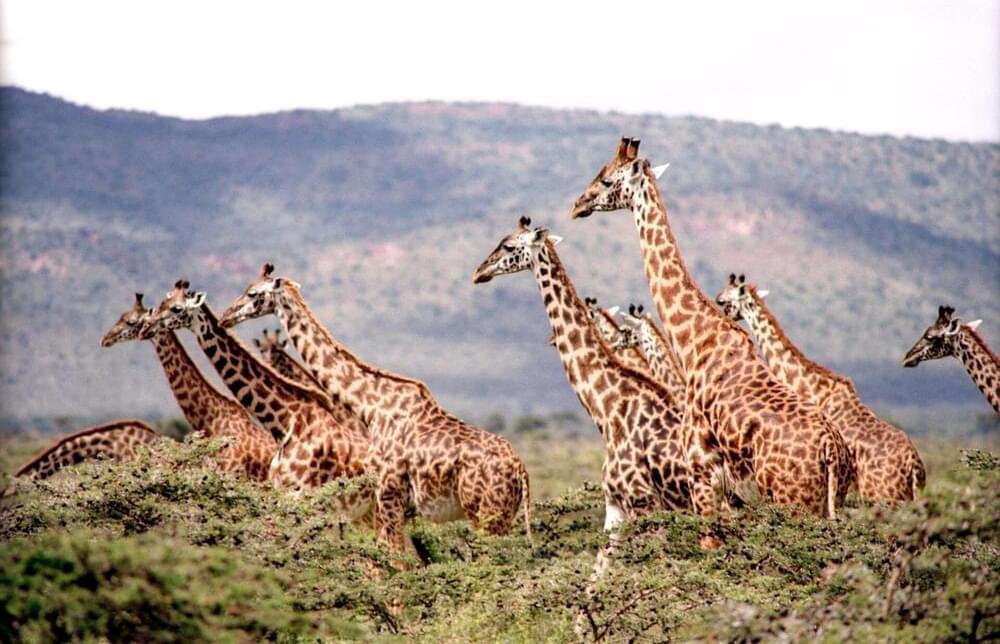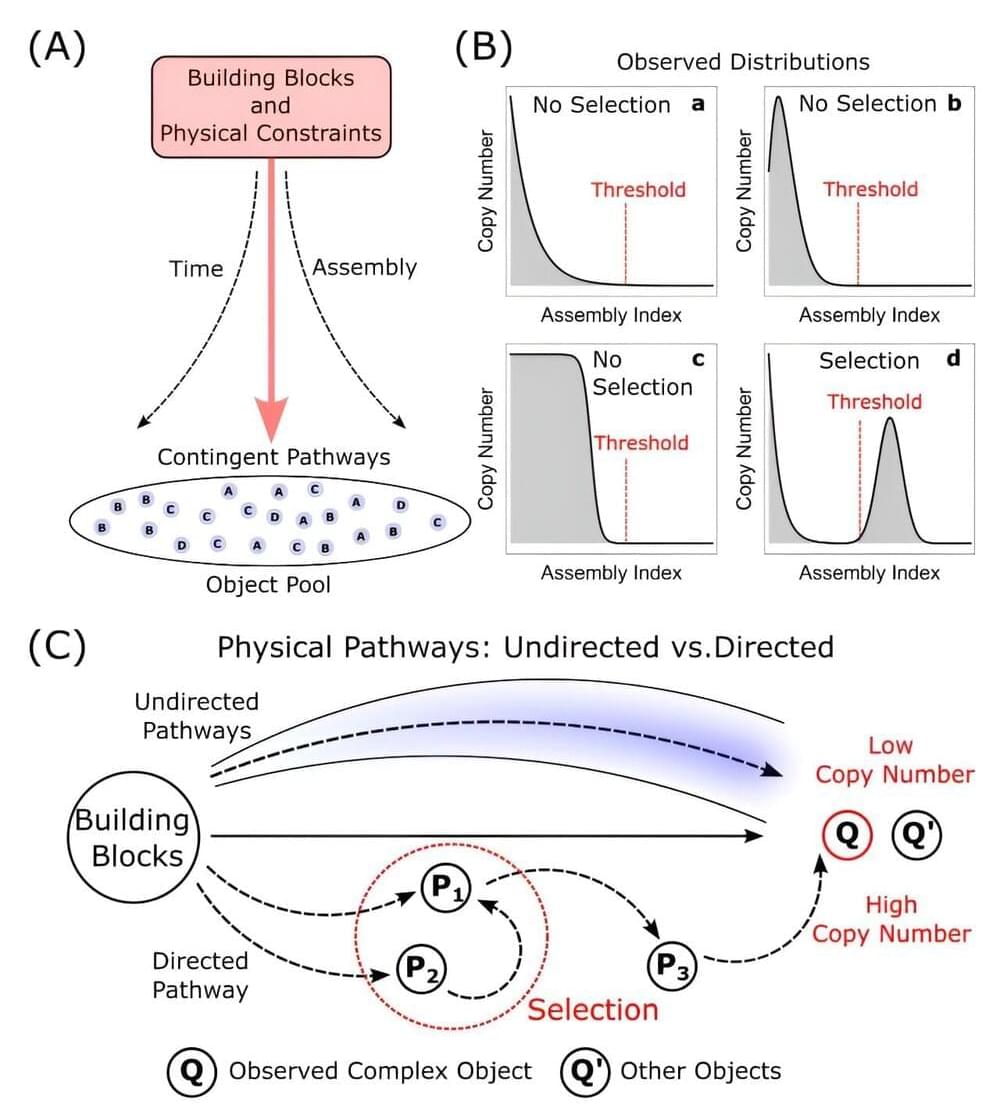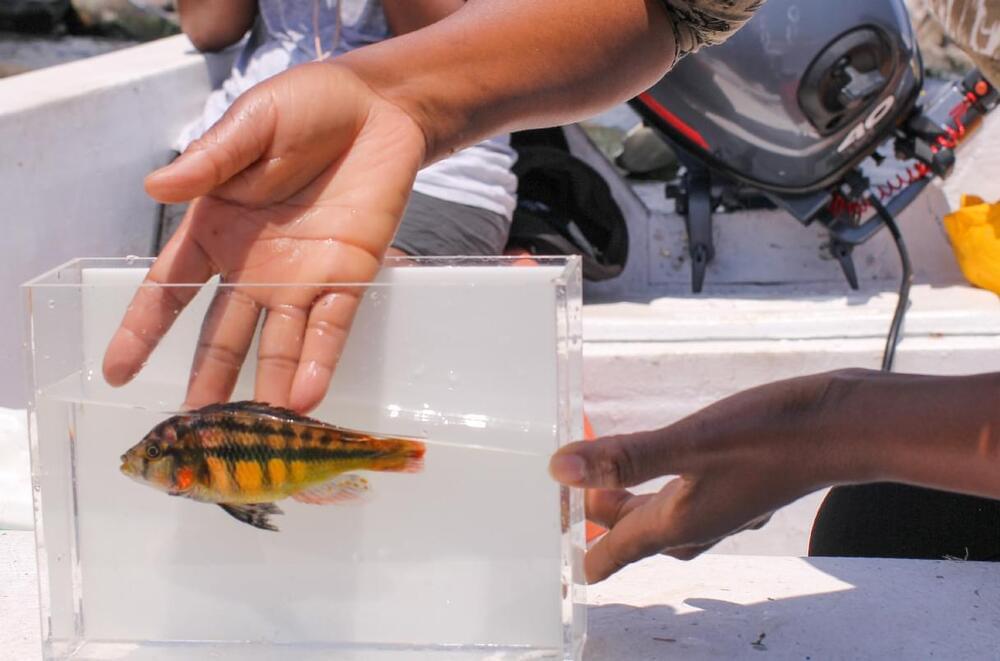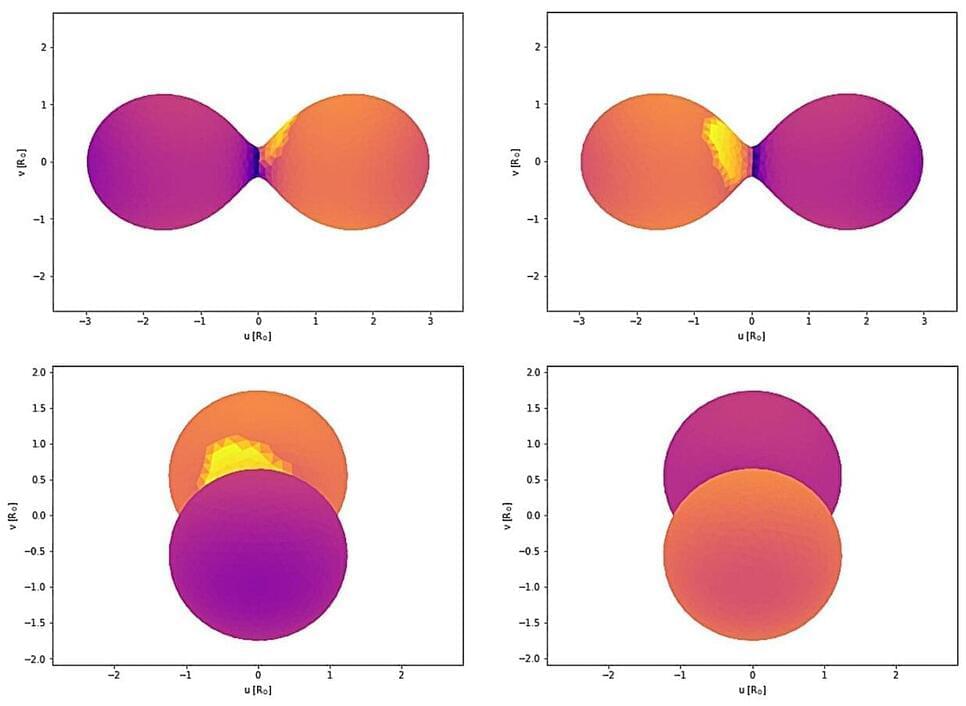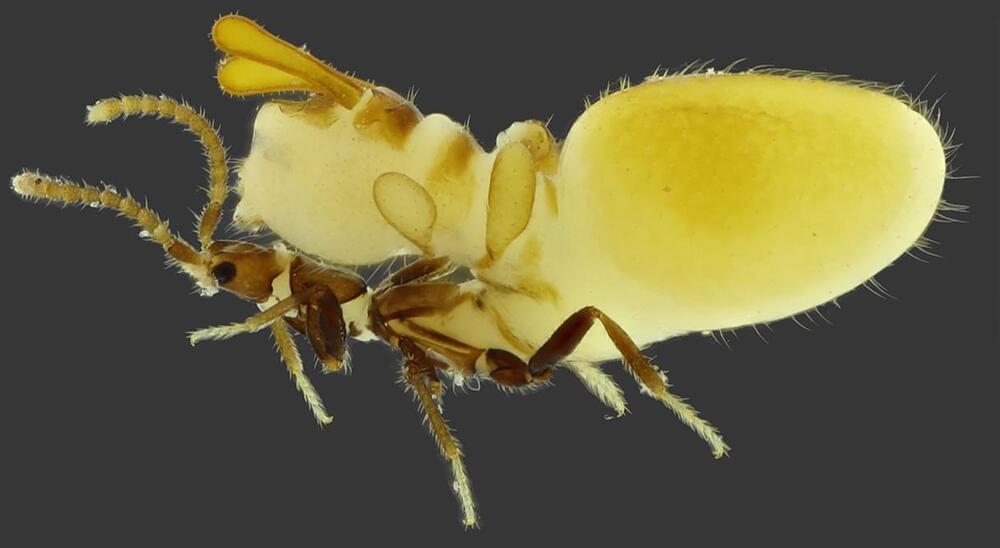Do you think human beings are the last stage in evolution? If not, what comes next?
I do not think human beings are the last stage in the evolutionary process. Whatever comes next will be neither simply organic nor simply machinic but will be the result of the increasingly symbiotic relationship between human beings and technology.
Bound together as parasite/host, neither people nor technologies can exist apart from the other because they are constitutive prostheses of each other. Such an interrelation is not unique to human beings. As the physiologist J. Scott Turner writes in “The Extended Organism”: “Animal-built structures are properly considered organs of physiology, in principle no different from, and just as much a part of the organism as kidneys, heart, lungs or livers.” This is true for termites, for example, who form a single organism in symbiosis with their nests. The extended body of the organism is created by the extended mind of the colony.


